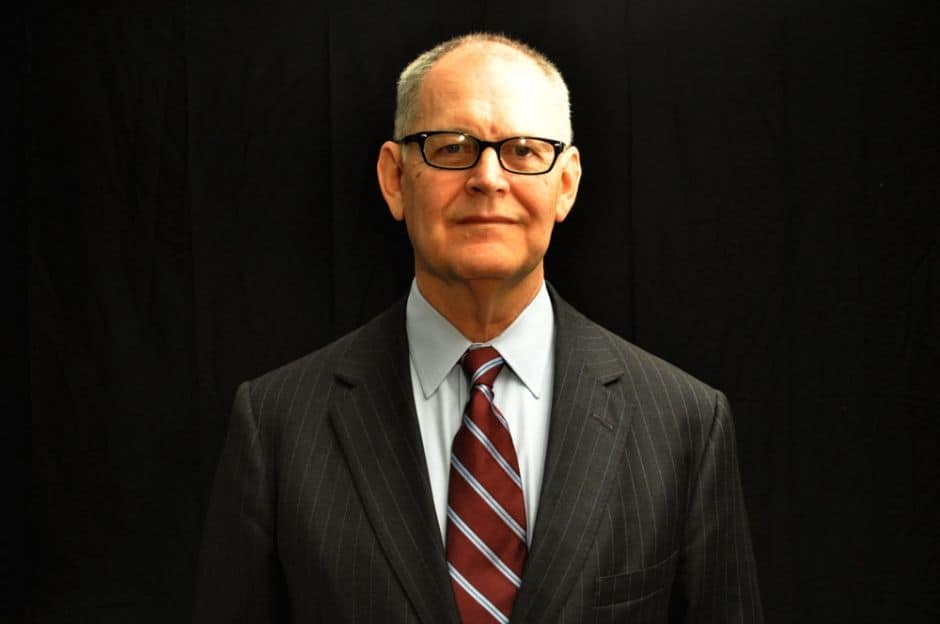Introduction
Two weeks from now, Vermont Gov. Peter Shumlin will describe how he thinks the country’s first state-based single payer system will be financed. Whether the Green Mountain State keeps moving forward with its goal of achieving universal coverage while also reducing the growth of health care spending depends largely on how the state’s residents and businesses react to what Shumlin has in mind.
Vermont lawmakers passed a bill in May 2011 that set the state on the path toward single payer, but the bill left it up to Shumlin to figure out the financing. Although everyone has known from the beginning that the cash needed to operate the new system—estimated at $2 billion in its first year— will have to come from tax revenues, no one knows exactly what combination of taxes the administration favors.
Earlier this month, vtdigger.org reported that Shumlin would propose both an employer payroll tax and an increase in the state income tax. The money generated would then replace the premiums that employers and residents currently pay health insurance companies.
Even though Shumlin signed the single payer bill into law almost four years ago, Vermont can’t implement its plan until 2017 because the Affordable Care Act prohibits states from making significant changes to their health care systems until then. The ACA also stipulates that states will have to persuade the feds that any structural changes they want to make will not reduce the number of people with health insurance or increase costs.
The release of the Shumlin administration’s tax proposal will represent the insurance industry’s biggest opportunity to derail the state’s plans. Health insurers have reason to be concerned. Even though Vermont has just 627,000 residents, successful implementation of a single payer system there would show the rest of the country that health insurance companies are unnecessary middlemen that add costs rather than value.
The goal of the insurance industry will be to generate fear, uncertainty and doubt among the state’s residents and business owners. While polls continue to show that the proposed new system enjoys wide support, that support will erode if the industry and its allies win the messaging war.
It’s not likely, though, that the industry’s involvement in that war will be evident. I know from experience that insurers use organizations like the U.S. Chamber of Commerce and the Federation of Independent Business to carry out their PR campaigns. And they go to great lengths to hide their involvement. We probably would never have known that America’s Health Insurance Plans, the industry’s main trade group, funneled more than $100 million to the Chamber to pay for TV ads designed to derail federal health care reform had it not been for diligent investigative reporters at the National Journal.
In anticipation of the unveiling of Shumlin’s plan, some of the state’s biggest employers are already expressing concerns. It gets complicated because large employers provide subsidized coverage to about 20 percent of the state’s population. The PR guy for National Life, a life insurance and financial services company, told Vermont Public Radio last week that “it’s difficult for us to imagine how this (single payer) works to the benefit of our employees.”
Knowing that insurers could easily derail his blueprint unless he had a strategy to counter their strategy, Shumlin last year formed a Business Advisory Council on Health Care Financing. The 21-member council “provides the governor with advice and information on health care financing based on the business experience of its members,” according to its website.
But Shumlin also has to make sure his plan meets the approval of the many single payer supporters who helped elect him. Soon after vtdigger.org broke the story about the governor’s financing plan, James Haslam, executive director of the Vermont Workers Center, a nonprofit that advocates for “an economically just and democratic Vermont,” said his group is concerned about how the proposed payroll tax will be levied.
Still, the advocates understand that implementing a single payer system is complicated, far more so than any of them ever imagined.
“We are finding out just how hard it is to disentangle ourselves from the grip of all the payers and special interests that have infested our health care system,” Dr. Deborah Richter, president of the nonprofit single-payer advocacy group Vermont Health Care for All, told me. “People need to be reminded that we will pay for health care with or without reform, but that we’ll in fact pay more without reform.
“This is our one chance to get this done,” she added. “This is our health care Halley’s Comet. The stars are aligned, and we won’t get another chance to fix health care in Vermont for a very long time.”
Sounds like something worth watching.
Wendell Potter is the author of Deadly Spin: An Insurance Company Insider Speaks Out on How Corporate PR is Killing Health Care and Deceiving Americans and Obamacare: What’s in It for Me? What Everyone Needs to Know About the Affordable Care Act.
Read more in Health
Health
Health care findings you may have missed in 2014
The Center for Public Integrity’s best health care reporting from 2014
Wendell Potter commentary
Good news on health care in 2014, but we’re still spending too much
Commentary: fewer uninsured and less inflation, but debt, mental health coverage and dental care are on the agenda for 2015


Join the conversation
Show Comments